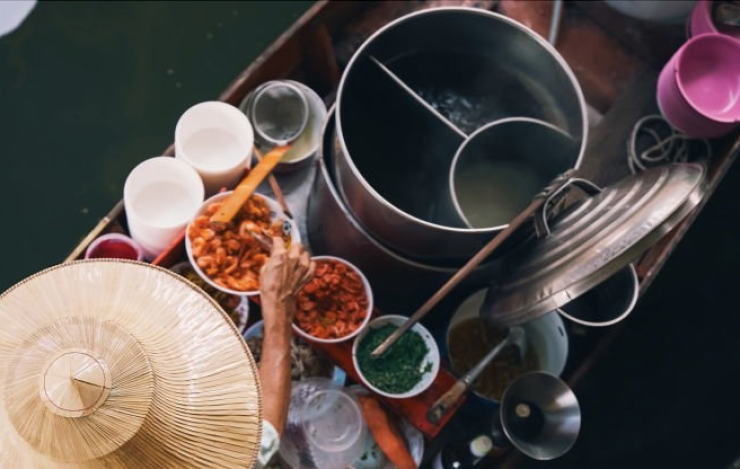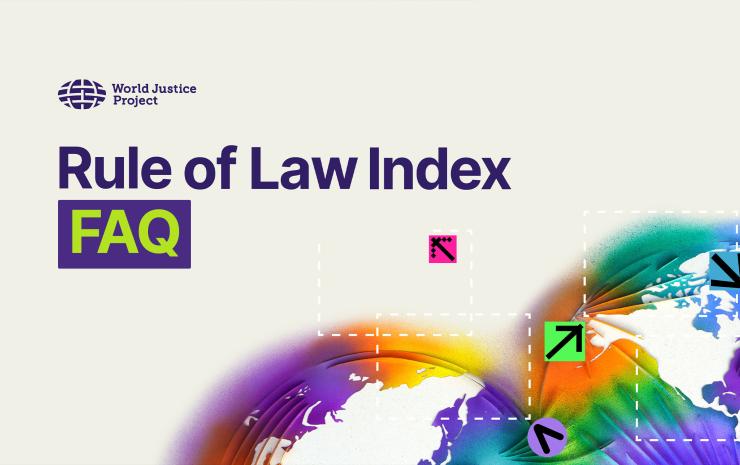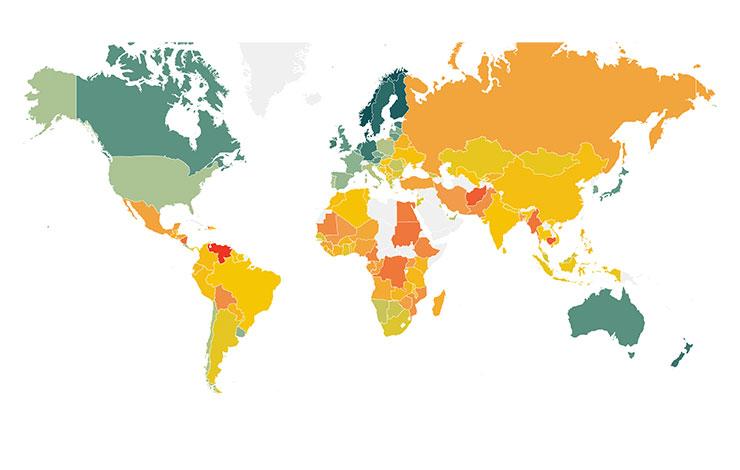
A major arena for successful pro-poor rule of law reform has been the provision of secure land rights for the rural poor. The bulk of the 70-75% of the extreme poor on our planet who make their livelihood in the rural sector fall into one of three great groups (altogether around 1.25 billion people) who lack secure land rights: tenants or agricultural labourers on lands of private owners; members of collective farms who have not yet received secure individual land rights in a break-up; and squatters on land claimed under public ownership.
Far more of the land-insecure would exist today, but for the successful carrying out of a number of land tenure reforms in the post-World War II era (including important reforms currently underway in such major developing countries as China and India). Yet much remains to be done.
In carrying out future rule of law reforms to provide secure land rights to the rural poor, a series of lessons can be distilled from the past and present work of Landesa and a number of others: that governments acquire needed private land rights voluntarily and at market price; preference for distribution of intensively used small house-and-garden plots; equal land rights for women; universal allocation of long-term individual land rights where collective farms are broken up; documentation protecting insecure holders of publicly claimed lands; and protection against new forms of insecurity, such as ill-compensated takings of agricultural land for nonagricultural purposes, and so-called “land grabs” by large agricultural users.
Among the most demanding challenges for application of the rule of law – not just in the past decade but persisting through the entire period since World War II – has been the crafting of land tenure reforms for the benefit of the world’s rural poor. Still today, roughly half of our planet’s population remains rural, including an estimated 70 to 75 percent of the very poorest; and of the latter, the great bulk depend for much or most of their scant livelihood on working agricultural land that belongs to someone else or as to which they have dubious and insecure rights. The land-insecure rural poor fall into three major groups:
- Tenant farmers or agricultural labourers cultivating someone else’s privately owned land;
- Insecure holders (jointly or individually) on land that used to be, or sometimes still is, publicly owned and collectively farmed;
- Squatters or claimants under customary tenure rules, on various lands also claimed by the state or whose formal ownership is unclear.
Altogether, roughly one-and-a-quarter billion people fall into one of these three groups. And where these widespread problems exist, of insecure rights or no rights at all to land which is the principal source of rural families’ livelihood, status and security, a whole series of adverse consequences are likely to follow:
- Families whose land rights are insecure cannot risk making mid-to-long-term investments in landimprovement and crop diversification, so production remains stagnant and yields remain low.
- Low yields mean limited nutrition for the family, especially for the children and, in many settings,particularly for the girls. An extensive study done a decade ago, concluded that poor nutrition was the primary cause of 53 percent of the ten million annual deaths on our planet of children under five(and those deaths are concentrated among the rural poor).
- Low yields also mean low incomes, with little money to support health, education and other basicconsumption outlays.
- Land-based grievances continue to fuel major civil violence – the antithesis of the rule of law –in many parts of the world (here we see a long history of upheaval, from the Zapatistas of the Mexican
- Revolution to the Naxalites of contemporary India, with a cumulative death toll far into the millions).
By contrast, where basic land tenure reforms that give secure land rights to the rural poor – whether ownership of the land being farmed or something broadly equivalent- have been enacted, and carried out, a whole series of positive results have followed. Since World War II, a partial list of such reforms includes Japan, Taiwan, South Korea, Kerala and West Bengal states in India (and more recently underway in four additional states), Vietnam, Mexico, El Salvador, mainland China (first with ownership rights in 1949-56, then – after a disastrous collectivisation – with decollectivisation in 1980-84, and 30-year individual household land rights legislated in 1998 and 2002 and now implemented in about half of the Chinese villages), Lithuania, Latvia, and Estonia, Kyrgyzstan, and Russia (especially as to the small plots: household auxiliary plots on former collective farms, cottage (dacha) plots, and garden plots). Of all the foregoing, only the earliest stages of the tenure reforms in mainland China and pre-World War II antecedents of the tenure reforms in Mexico can be said to be immediately traceable to revolutionary overthrow of the previous regimes – and thus not to be instances of the reformist application of the “rule of law” – but the others stand as tangible, measurable instances where the rule of law has been effectuated.
Click here to read the full report on land rights and the rule of law.






